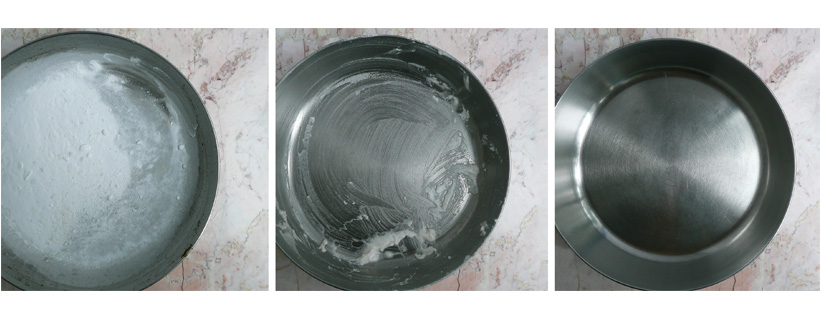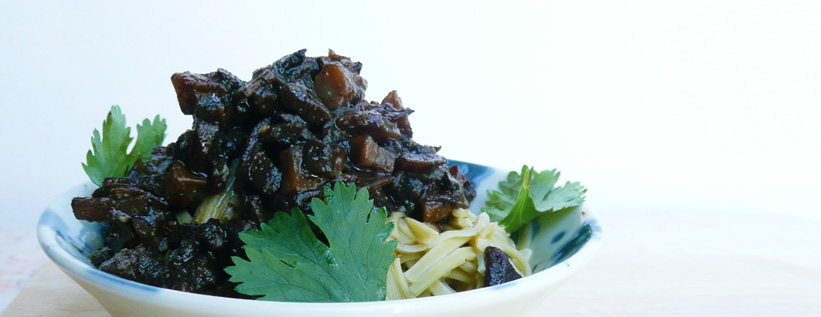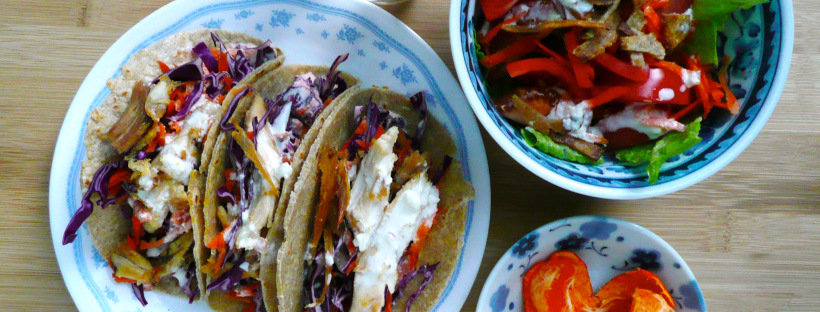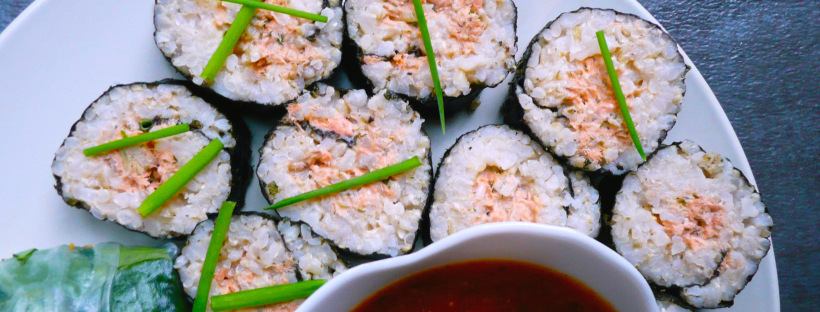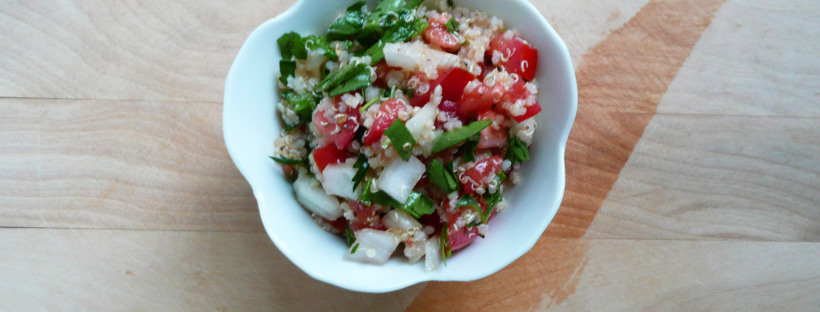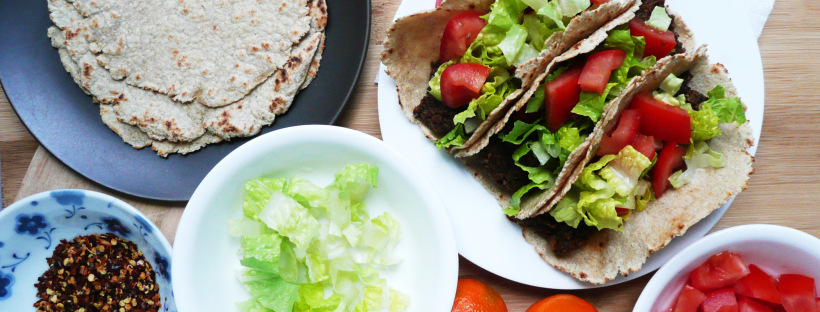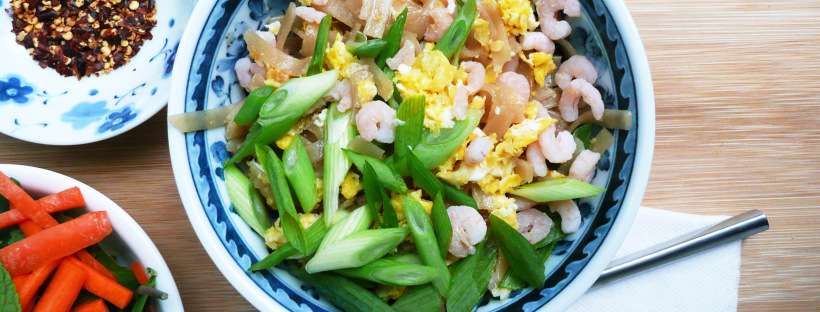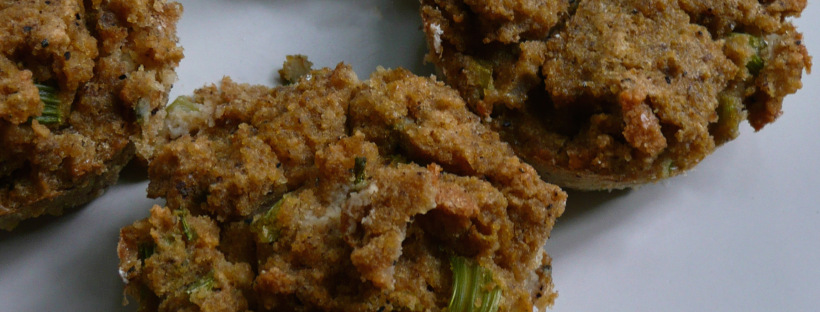My super easy trick for getting pots and pans sparkling clean without damaging the finish.
Tag: Dinner
Vegan Taiwanese or Chinese Sausage – “Xiang Chang”(香腸) / “Lap Chong” (臘腸)
This vegan Taiwanese sausage "xiang-chang" (香腸) or Chinese sausage "lap-chong" (臘腸) is easy to make and tastes very similar to the real thing. Spooned over noodles or a steaming bowl of rice, it's happiness in a bowl.
Cole Slaw Dressing (Paleo, Refined Sugar Free, Soy Free)
I love this creamy dressing. The dressing takes just minutes to put together and you can make it ahead of time as well and dress the cabbage and carrots when you're ready to eat.
Salmon Salad Sushi – Super Easy
I love tuna salad, and this is a slightly fancier version but is still super simple to make. It's perfect for a quick dinner, and you can use up your leftover brown rice or salmon to make this tasty dish.
Quinoa Tabbouleh – Easy, Gluten-Free, Vegan, Delicious
A simple, healthy, and delicious way to use up leftover quinoa. Great to make ahead for easy lunches.
Gluten Free Oat Flour Tortilla Recipe – Super Easy, Cheap and Cheerful, Vegan Friendly
Nothing says "I love you" quite like a taco (and everyone loves tacos). So this Valentine's Day, make your loved one some amazing tacos with these gluten free oat flour tortillas.
Kitchen Tip – How to Regrow Green Onions
A simple, thrifty, and easy way to regrown green onions.
Kitchen Tips – How To Use Every Drop Of Olive Oil
One ingredient that I use almost everyday is olive oil. Inevitably, at some point, the bottle runs empty save for a few teaspoons of that beautiful green oil that you can never seem to shake out of the bottle. If you too can't stand the thought of letting any food go to waste, this is my solution for getting every last drop of precious oil from the bottle.
Weeknight Shrimp Pad Thai – Easy and Quick Recipe – Refined Sugar Free
This Weeknight Shrimp Pad Thai is super quick and easy to make, and made with ingredients like apple cider vinegar, maple syrup, and brown rice noodles that you can find at any local supermarket. Perfect for a weeknight dinner when you're craving some really good Thai food.
Southern Style Cornbread Dressing – Gluten and Dairy Free Stuffing Recipe
There are many types of incredible stuffing, but Southern Style Cornbread Dressing is my absolute favorite. The taste of this brings back so many happy memories of friends and family over the years, and always brings a smile to my face. It’s slightly crispy on the top and moist and creamy in the middle, and it’s definitely a crowd-pleaser.
